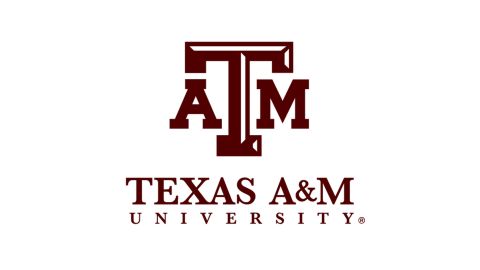
Texas A&M is the first university in Texas to top $1 billion dollars in annual research expenditures.
A&M’s announcement covers research conducted at the flagship campus, its remote campuses in Galveston and Qatar, and through its state agencies within the A&M system.
News release from Texas A&M:
Texas A&M University is now the first university in the state to surpass the $1 billion mark in total annual research expenditures, the Division of Research announced today.
In its most recent submission to the National Science Foundation (NSF) for the Higher Education Research and Development (HERD) survey, Texas A&M reported $1.131 billion in research expenditures for fiscal year 2020, an increase of $179 million, or 18.8 percent, over 2019’s total of $952 million. Expenditures include research conducted at the flagship campus in College Station, its remote campuses in Galveston and Qatar and through its state agencies within The Texas A&M University System.
Nationally, Texas A&M joins the short list of research universities that have exceeded $1 billion in total annual research expenditures, including peer institutions such as the University of Michigan; the University of North Carolina; the University of California, Los Angeles; the University of California, San Diego; and the University of Wisconsin-Madison.
Texas Governor Greg Abbott said, “Congratulations to Texas A&M University on achieving this remarkable milestone. Texas A&M’s commitment to research and innovation is why it has grown into one of the premier institutions in America, and I commend university leadership and staff for their work to keep Texas A&M at the forefront of research and discovery. The State of Texas will continue to invest in higher education and work with our university partners to build a brighter future for Texas.”
A&M System Chancellor John Sharp said the announcement represents “a milestone that has never been achieved by a university in Texas. Credit goes to the principal investigators of Texas A&M, the Texas Legislature and particularly Gov. Greg Abbott for his focus on meaningful research with the creation of the Governor’s University Research Initiative.” As of Dec. 31, 2020, the Governor’s University Research Initiative has invested $43.68 million to attract 12 of the nation’s leading researchers to Texas A&M, according to the initiative’s 2021 report to the Texas Legislature.
Chancellor Sharp also noted that exceeding $1 billion in total annual research expenditures was among his original goals when the A&M System Board of Regents appointed him in September 2011. To help achieve that goal, Chancellor Sharp created the Chancellor’s Research Initiative (CRI) in 2013, which has invested $200.1 million in CRI Awards and $5.8 million in Chancellor Enhancing Development and Generating Excellence in Scholarship (EDGES) Fellowships to attract top researchers to Texas A&M’s community of outstanding faculty-researchers. The chancellor also invested $5 million in seed money during 2011 to support the Hagler Institute for Advanced Study, which provides a framework to attract top scholars from throughout the nation and abroad for appointments of up to a year. As a result of these initiatives, A&M has increased the total number of National Academies members on its faculty from 19 in 2011 to 48 in 2020, an increase of 152.6 percent.
Texas A&M Interim President John L. Junkins, who is also the founding director of the Hagler Institute, commended the leadership of Gov. Abbott and Chancellor Sharp. Junkins remarked: “Inspired by their vision, Texas A&M has clearly established a winning formula for expanding our research in terms of funding and talent. Congratulations to everyone who contributed to these achievements.”
Vice President for Research Mark A. Barteau praised A&M researchers for their crucial role in attracting research grants and other funding to the university. “Every year, the competition grows more ferocious for research funding from government, industry and other sources,” Barteau said. “Texas A&M benefits enormously in this struggle from the outstanding reputations of our researchers and their teams, who consistently generate discoveries and innovations that reshape our world.”
According to Texas A&M’s most recent submission to the NSF, fiscal year 2020 expenditures were invested in the following research categories: life sciences, $502.3 million; engineering, $359.4 million; geosciences, atmospheric and ocean sciences, $107.8 million; physical sciences, $54.1 million; non-science-and-engineering fields, $40.8 million; social sciences, $29.4 million; computer and information sciences, $17.4 million; mathematics and statistics, $8.7 million; other sciences, $5.6 million; and psychology, $5.2 million.
Only one other Texas research institution offering academic degrees reported more than $900 million in total research expenditures to NSF for fiscal year 2019: M.D. Anderson Cancer Center in Houston, which is part of The University of Texas System, but is defined by that system as a health institution, not a university.
